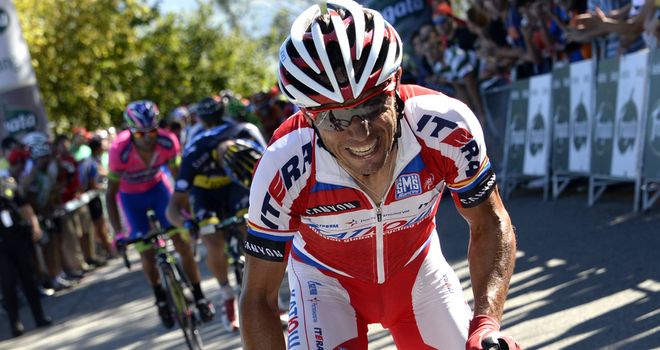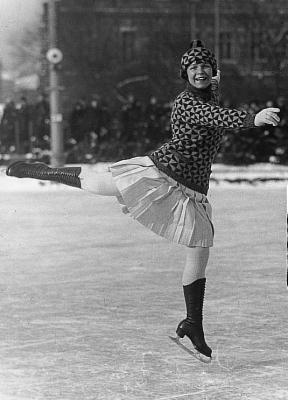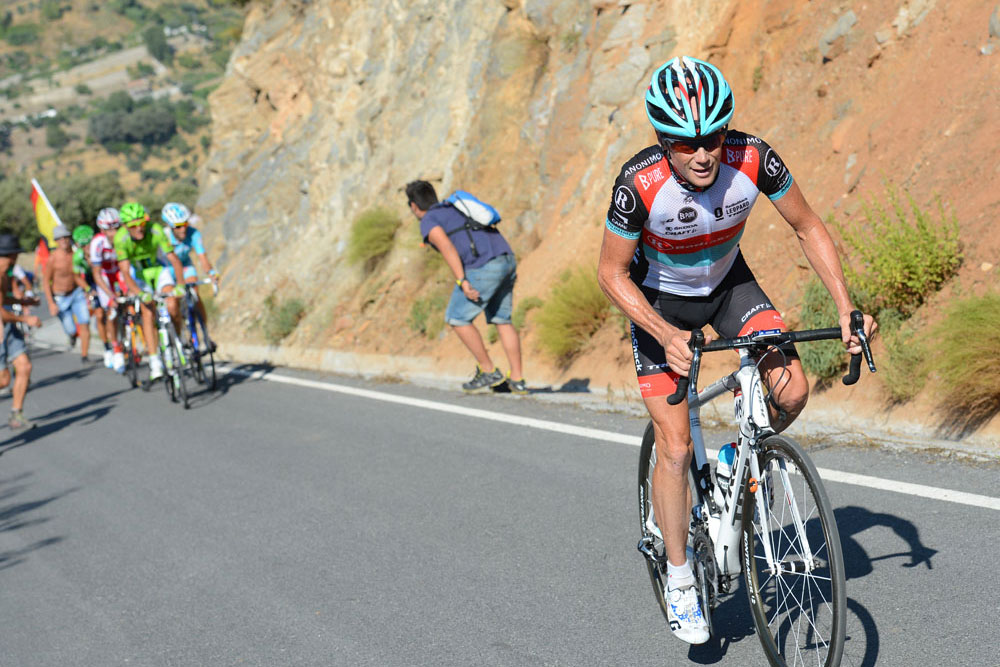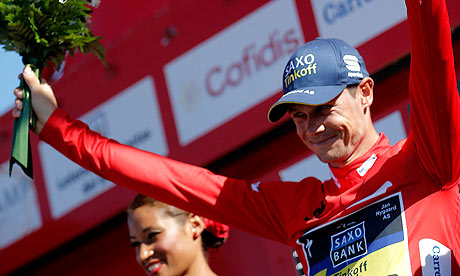The Winter Olympics like their Summer counterparts left Europe for the first time on their third edition and headed to the USA. Indeed if Melvil Dewey, inventor of the Dewey Decimal System for libraries, hadn't established the Placid Park Club in the area in 1895 and developed it as a winter resort as well from 1905, it may well have been the North Elba Olympic Games, but the people of the village changed the name to fit with the Country Club that Dewy had founded.
Competitors 364 (-100)
Nations 17 (-8)
Events 14
Sports 4
4 February to 19 February 1932 hosted by Lake Placid, NY, USA
The move from Europe did however see less nations sending teams to the Games and less athletes participating, much as has happened in the 1904 Games in St. Louis. Estonia, Latvia, Lithuania, Luxembourg, Netherlands and Yugoslavia didn't send teams from Europe, but Argentina and Mexico surely didn't have the excuse of cost, time and distance as a deterrent having travelled to Europe for the last Games.
The Games were opened by the Governor for the State of New York, where Lake Placid nestles, Franklin D. Rossevelt, in November of that year he was elected to serve his first term as President of the USA. As with the first Winter Olympics and the planned Games for 1936 and 1940 the Winter and Summer Games were to be held in the same nation.
Mass start dumbfounds the European skaters
 |
| A mass start at the Lake Placid Games |
Whether or not the mass start affected events it is hard to tell but the All Around World Champion and defending 5000m Olympic Champion Ivan Ballangrud of Norway could only manage one medal, a silver in the longest event the 10,000m by only 4.5m having just passed Canadian Frank Stack towards the end. He was behind Irving Jaffe, who had been leading the 10,000m four years earlier in St. Moritz when the competition was abandoned as the ice on the lake where it was being held was melted. Jaffe had also taken Ballangrud's 5000m title.
In the shortest distance the 500m only Norway's Brent Evensen even made it through the heats to compete against an all USA or Canadian final. In the 1500m only the North American nations were represented in the final and Eversen and Ballangrud were the sole Europeans to break the USA and Canada stranglehold of representatives in the 5000m and 10,000m finals.
Indeed it was only another silver from Evensen in that 500m alongside Ballangrud's in the 10k that prevented all the medals either staying the in USA or heading just across the border to Canada. But not even Canada could stop all the gold staying in the USA.
In the 500m and 1500m Jack Shea became the first American to win two golds at the same Winter Games. He was also the the first of three generations of Olympians from his family, his son Jim took part in 1964 in cross-country skiing and Nordic combined and his grandson Jim Shea Jr was to win the gold in the men's skeleton when it became a permanent fixture in the Games in 2002.
Women speeders break unto the ice
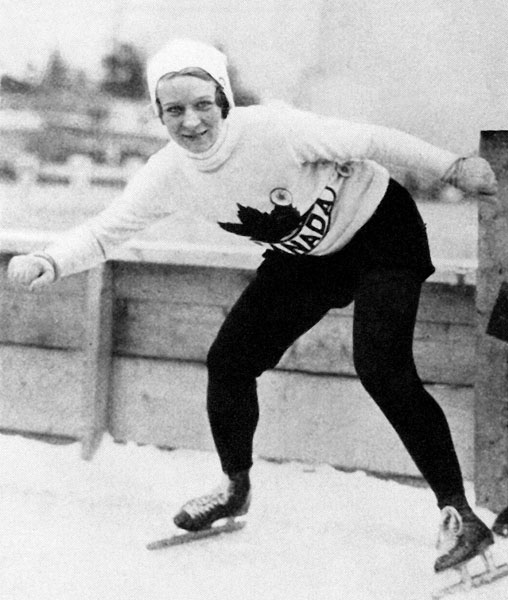 |
| Jean Wilson of Canada |
In total 10 women, five each from the USA and Canada took part in these events.
The 500m winner was the sole winner from Canada, Jean Wilson. She had actually been born in Glasgow in 1910 before her family emigrated to Canada. She also took silver in the 1500m and was leading the 1000m before a fall denied her a medal, Elizabeth Dubois who came behind her in the 500m taking that gold. However, after the Olympics she developed the auto immune disease myasthenia gravis and died on 3 September, 1933.
The winner of the 1500m was Kit Klein of the USA, four years later at the World Championships in Sweden she was able to prove that women were capable of skating further than they had been allowed in 1932. She managed to take 10 seconds of the 3000m World Record in that event. The following day she was 36 seconds under the pre-existing World Record for 5000m only to have had Verné Lesche of Finland skate faster. However, Klein had secured the all around title, but as she was sailing back from Europe after the 1936 Games in which there was no women's speed skating she threw her skates overboard marking her retirement.
From swimming to skating
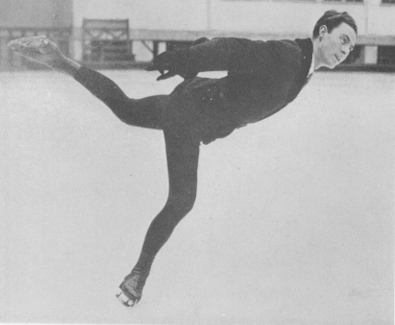 |
| Karl Schäfer winning the first of his Olympic titles |
Four years on having been unbeaten as European Champion since 1929 and World Champion since 1930 he was favourite to win in Lake Placid despite the three time Olympic Champion Sweden's Gillis Grafström being in the field of twelve. Grafström was 38 to Schäfer at 22 and hadn't been tested in a major competition since his final World Championship in 1929. The younger man won both the compulsory figures and free skating with the Swede coming second in both to claim the silver medal in his fourth Olympic ice skating event, including the inclusion of figure skating at the 1920 Summer Games.
Schäfer would go on to defend his title in 1936 before retiring from competitive skating, having won the European title 8 years in a row, the Worlds 7 years and two back to back Olympic titles.
Four in a row, O Canada?
 |
| In white, the Winnipeg Hockey Club represented Canada |
Yes I know this is only the third Olympic Winter Games but like Figure Skating, Ice Hockey had made an appearance in 1920. Since then the title had been the property of Canada and nobody apart from the USA had even managed to keep them within 5 goals of a difference.
As in 1920 when the Winnipeg Falcons took the first Olympic Ice Hockey gold, the Manitoba city provided the team to represent Canada, this time Winnipeg Hockey Club. In Lake Placid there were four teams entered with Germany and Poland making up the numbers with each team playing the others twice.
The first and last Games were to be USA v Canada. In that first game Canada took the lead in the second period, but the USA scored an equalising goal in the third period of normal time. So for the first time in Olympic history Canada had failed to win in the time. It was also the first Olympic ice hockey game to go to overtime. Canada were the eventual winners with a goal in the second period of overtime.
With Canada and the USA winning all their other games it came down to the last game to determine the gold and silver. Germany had secured the bronze after beating the Poles in both their matches. Both teams scored in the first period but USA scored in the second, this was the first time that Canada had been behind in an Olympic ice hockey match in history. They did however, score in the third period to force the teams once more into overtime. Neither team could score in the two allowed periods of overtime, making this the first ice hockey match to be a tie in Olympic history. But it was enough to secure the fourth gold in a row for the Canadians.
Faster, longer, steeper
 |
| Lake Placid's first bobsleigh track |
In the end the Lake Placid track suited the American racers to a tee. Billy Fisk repeated his gold medal winning performance from 1928 driving in the now recognisable four-man event, while Hubert and Curtis Stevens (not related) took gold in the inaugural two-man.
However, the committee were looking ahead at single coasting events, whether toboggan or skeleton for the Olympics. In their proposal to the IOC (page 51) they said:
"Single-sled coasting of various forms is, however, a feature on most bob-runs, and would seem to be an interesting and appropriate feature for the Olympic Winter Games. It is suggested, therefore, that if single-sled coasting be desired as a feature of the Third Olympic Winter Games, it be held on the Olympic bob-run, without restriction as to the exact form of sled. If the International Federation of Bobsleigh and Tobogganing desires a smoother, faster ice surface for the single-sled event, this can readily be provided by holding the single-sled event at the beginning of the Olympic period and re-icing the surface for the bobsleigh event to be held toward the close of the Olympic period."
In the end, apart from the return of the Games to St. Moritz and a second skeleton event on the Cresta Run there was no introduction of single-sled coasting events until the introduction of the luge in 1964 and the permanent inclusion of the skeleton from 2002. Putting the men behind the 1932 games 30 and 70 years ahead of their time.
Dogs have their day in Lake Placid
 |
| The only time dogs have taken part in the Olympics |
American and Canada were well know for their dog-sled racing coming out of the practical need to get around over the vast distances in the frozen north during winter. Lake Placid itself had been holding an annual race ahead of it being awarded the Games.
In the end the two top sledders of the day Canada's Emile St. Godard and USA's Norwegian-born Leonhard Seppala would be the class acts over the 40.5km (25.1 miles) course. The actual event was held over two days a fortnight before the Games commenced.
In the first run St. Godard had an advantage of just 91 seconds over Seppala both of them being some 13 minutes ahead of the rest of the field. Seppala however, lost a further 6.5 minutes on the second run when St. Godard was again the fastest.



